Architecture, like all entities evolve with time, trying to conform to relevant visual languages, scales, forms and trends; yet, when these diverse skeletons are looked upon closely, they reveal the very same fundamental units: columns, beams and slabs. These elements collaborate in a myriad of configurations to yield unique forms that, share the same building blocks and concepts, much like musical compositions. Seoul-based design practice Studio SMA takes inspiration from the constancy of the alphabets of architecture, readjusting them to human scales of furniture design with the Form-Functional Archi-Furniture.
The project, Form-Functional Archi-Furniture, was set in motion through an investigation of various architectural histories, theories, and discourses, as well as the physical and material characteristics unique to architecture. Through the process, Studio SMA aspired to create small buildings emulating the structural semantics of grids and modules, capable of being combined, expanded and customised. The furniture pieces—ranging from table designs and stool designs to bookshelves—come together through a reinterpretation of the joinery tectonics of wooden architecture. “Columns, beams, and slabs are the most fundamental elements in architecture. Regardless of history, location, or style, these are the most essential and basic alphabets of architecture. Studio SMA wanted to generate new experiences and meanings by transforming and reinterpreting the crucial elements,” says SeungBum Ma, founding director of Studio SMA.
Studio SMA strives to inject meaningful experiences—both sensual and intellectual—into the mundane. Their designs anticipate astonishment and speculation on the concept behind and process of creation—inviting curiosity and engagement. Possibilities for each project are gauged from a variety of factors such as site, context, function, residents and history, while materiality is harnessed to strengthen experiences of the idea. The studio dabbles with diverse media including furniture, objects, installations, writing and videos among others, to contrive such encounters.
“In architecture, establishing the grid and the proportion is one of the ways of symphonizing different elements. Grids give the order to various elements to accomplish an autonomous, independent system as an entity,” the furniture designer shares. To achieve similar functional, structural and aesthetic systems for his product designs, Ma delved into various studies—pursuing a unique system that avoids specific cultural allusions and presents contemporary and universal impressions. Once the designer found the ideal proportion and structure in 3D, he began to create prototypes in different materials. Following detailed assessments, birch plywood was chosen for its economic accessibility, constructibility and durability. Consequently, the joinery details of the furniture are evocative of wooden architecture.
The product designs are developed with modularity woven into them. The modules can be expanded horizontally or vertically by stacking or placing them side by side. The scale of the grids was calibrated such that they can accommodate heavy and large books, however, these versatile products can shapeshift as shelves, benches, tables, or objects, as the users deem fit. To accentuate the structural system, vibrant colours are introduced into the grids. Expanding on this visual language, the designer explains, “Colour eliminates materiality while transforming the elements into more abstract and conceptual components, like in Abstract Expressionism painting. The selection of sophisticatedly defined colours exudes individual presence; the black colour on the slabs moderates excessive emphasis in the space.”
The name of every product begins with 'Op. (Opus)'. This is drawn from the concept of proportion that Pythagoras theorised by demonstrating mathematical logic in musical harmony. This is also the reason behind the word ‘harmony’ meaning not only orderly arrangements of parts but also simultaneous combinations of musical tones. “The idea was diverged to 'symmetry and proportion’ in the visual arts. Playing variations among the shape and form of architectural elements metaphorically aligned to the idea of op. in music,” the product designer explains further.
Architectural elements of structure, vivid colours and a thorough understanding of the medium results in wooden furniture that, in its form and function, invites an array of interpretations, thoughts and uses. The modular design, much like the building blocks of architecture, allows the users to configure it as they like and render it anew. Studio SMA continues to work on developing newer versions of Form-Functional Archi-Furniture.






 Sign in with email
Sign in with email


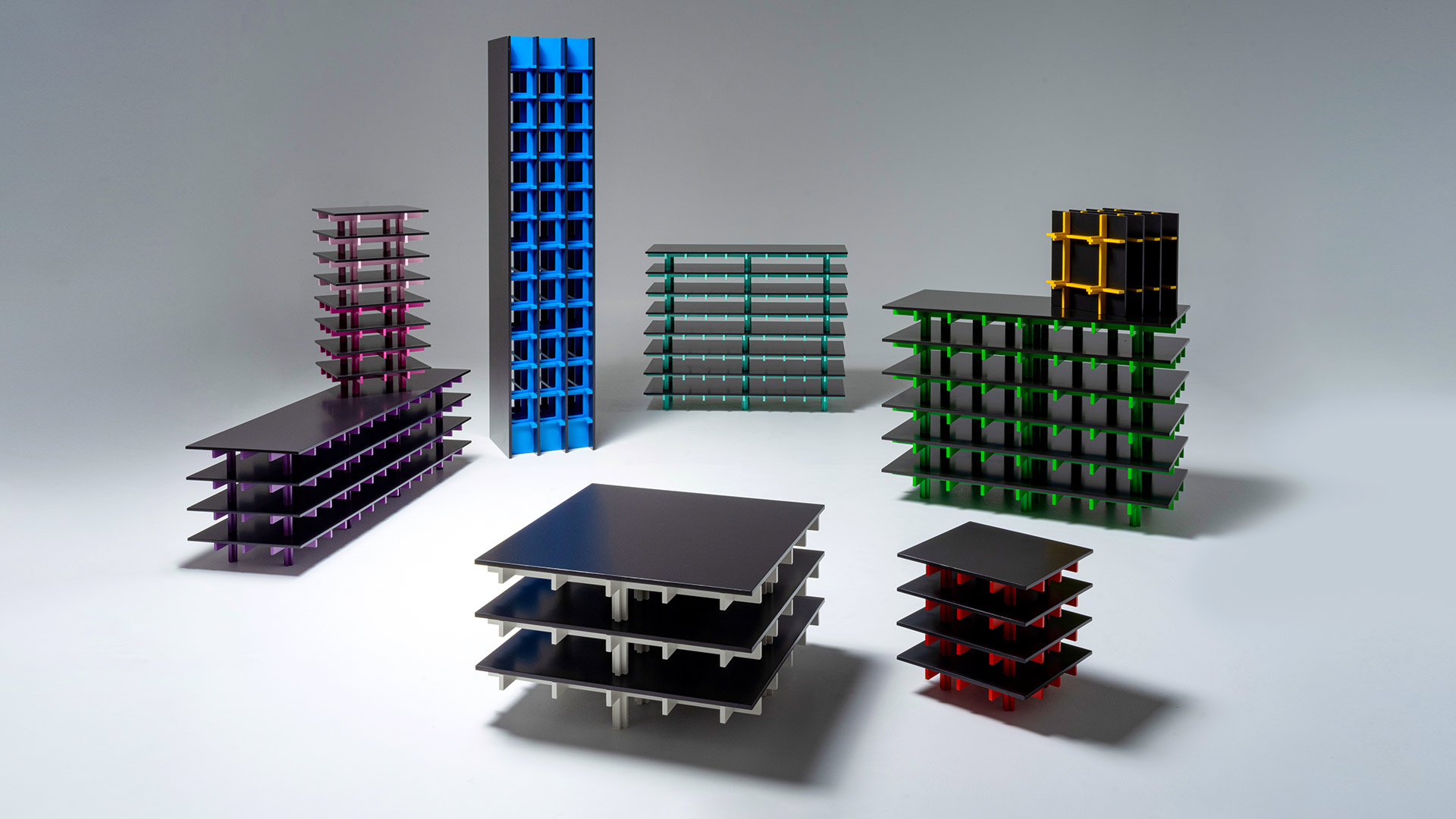
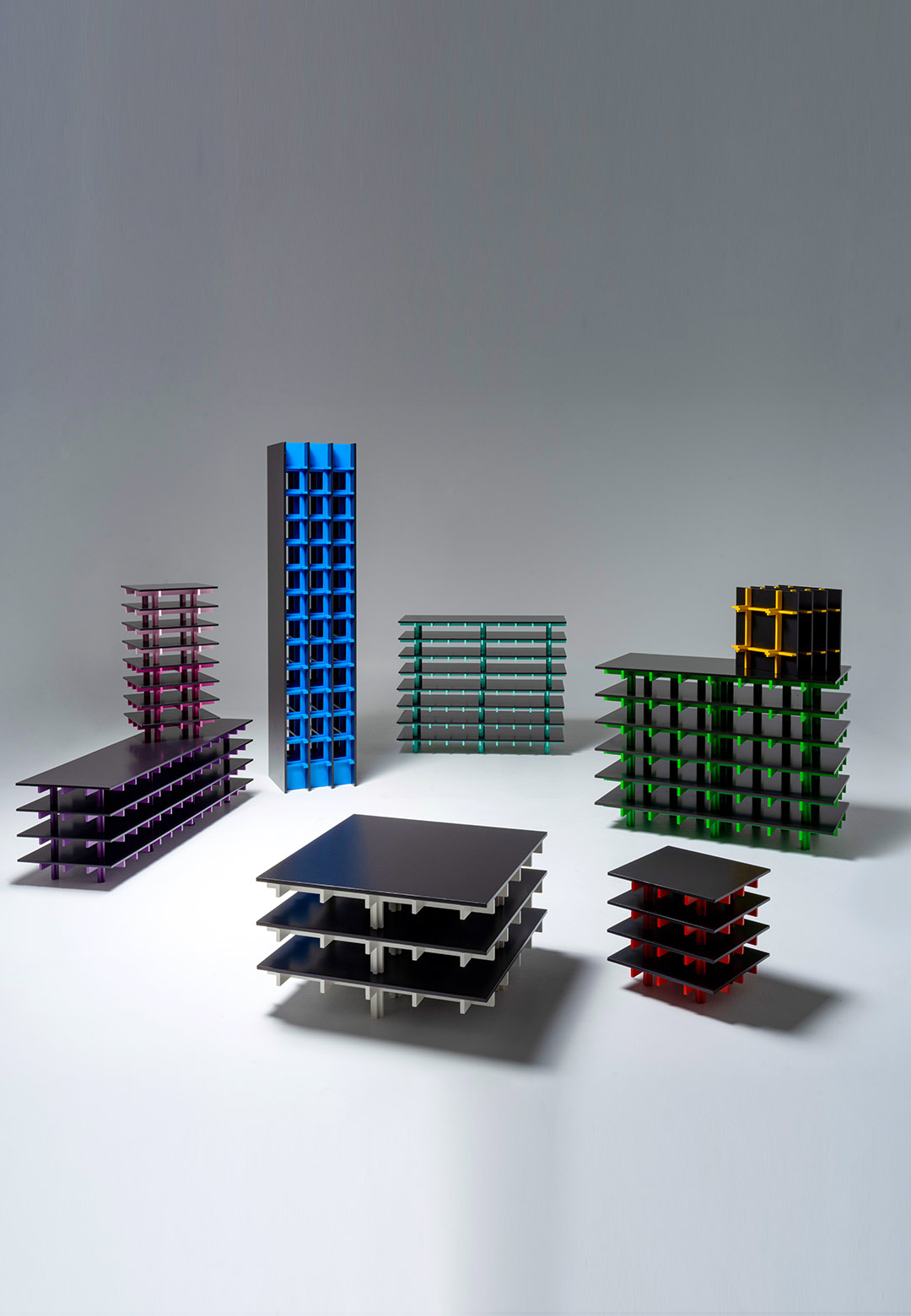
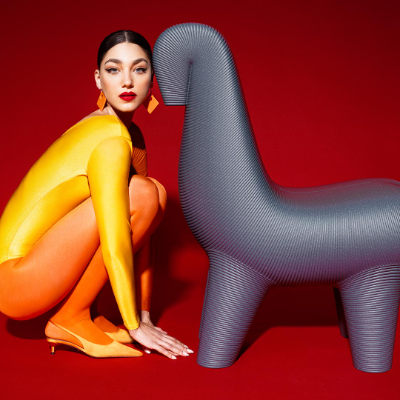
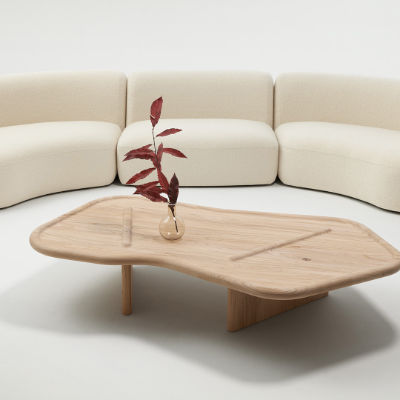
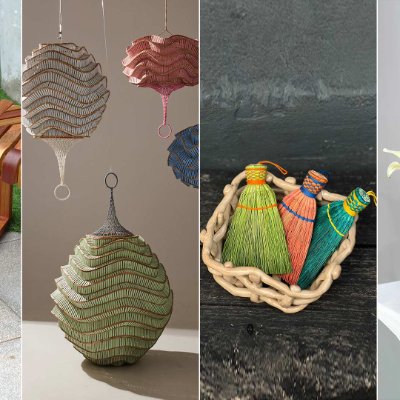
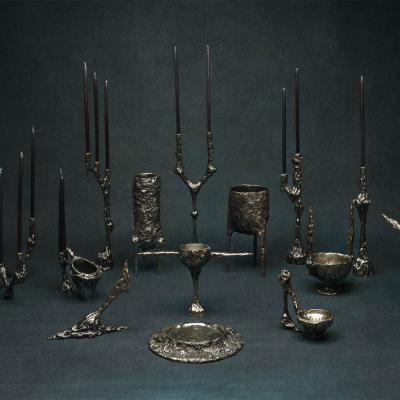
What do you think?